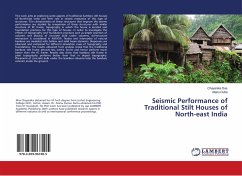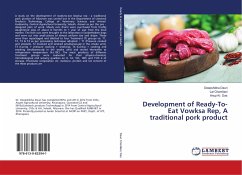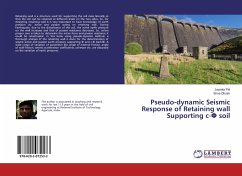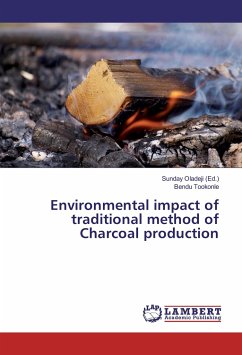
Seismic Performance of Traditional Stilt Houses of North-east India
Versandkostenfrei!
Versandfertig in 6-10 Tagen
36,99 €
inkl. MwSt.

PAYBACK Punkte
18 °P sammeln!
This work aims at exploring some aspects of traditional bamboo stilt houses of North-East India and their role in seismic resistance of this type of structures. The characteristics of these structures that improve the seismic performance are studied by comparison of these structures with similar structure of RC frame, topography in which the house is located and foundation practices for this type of houses. In order to investigate the effects of topography and foundation practices such as simple insertion of columns and placing of concrete bulb under columns, soil-structure interaction is cons...
This work aims at exploring some aspects of traditional bamboo stilt houses of North-East India and their role in seismic resistance of this type of structures. The characteristics of these structures that improve the seismic performance are studied by comparison of these structures with similar structure of RC frame, topography in which the house is located and foundation practices for this type of houses. In order to investigate the effects of topography and foundation practices such as simple insertion of columns and placing of concrete bulb under columns, soil-structure interaction is considered in ANSYS®. Nodes and internodes of natural bamboo are modeled with hollow and solid beam elements. Responses are observed and compared for different simulation cases of topography and foundations. The results obtained from analysis reveal that the traditional bamboo stilt frame attracts less inertia forces and hence perform much better than the RC frame. Results also show that bamboo stilt frame in plain topography performs better than that in sloped topography. Placement of concrete bulb under the bamboo columns help the bamboo columns inside the ground.












